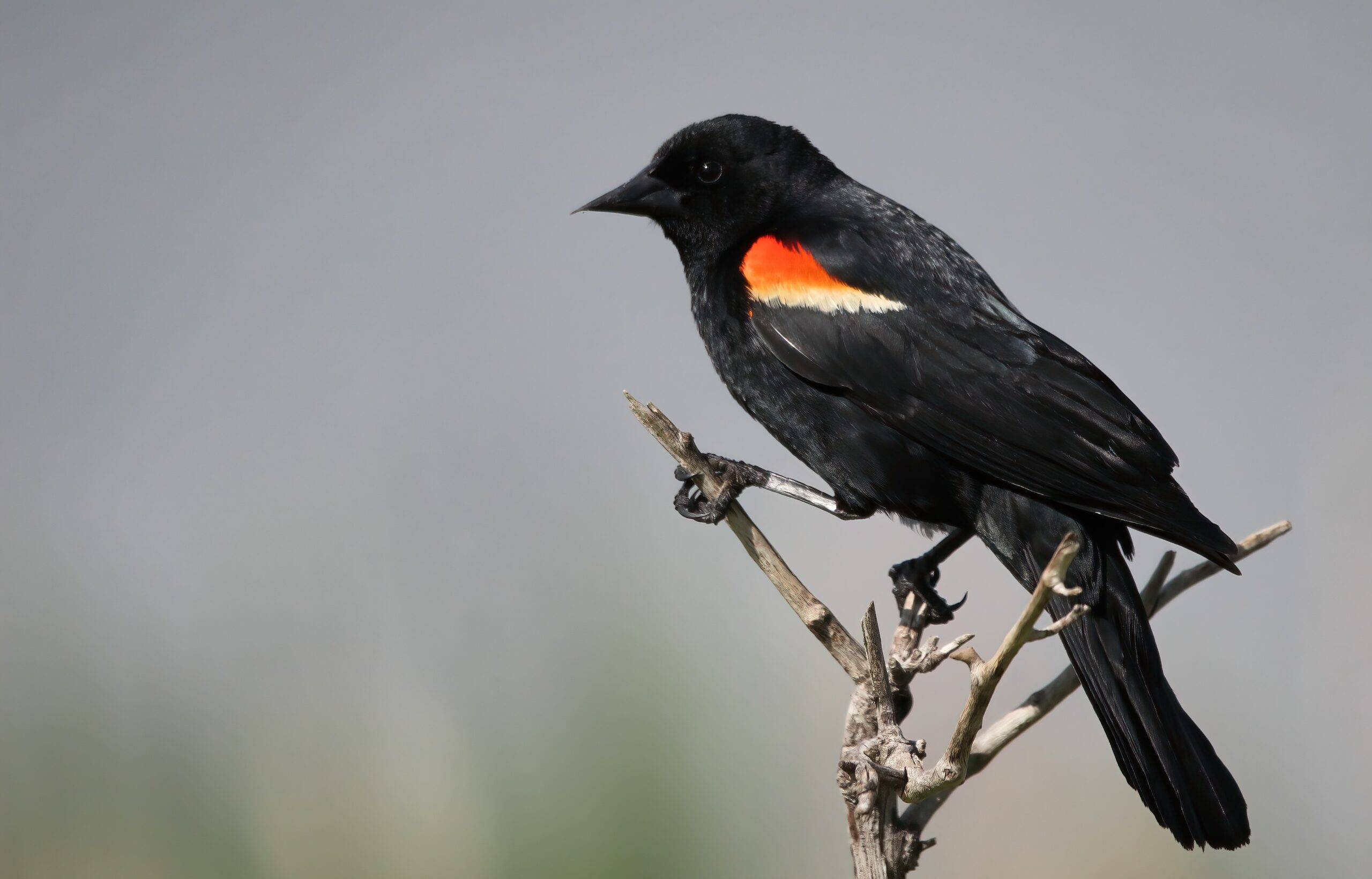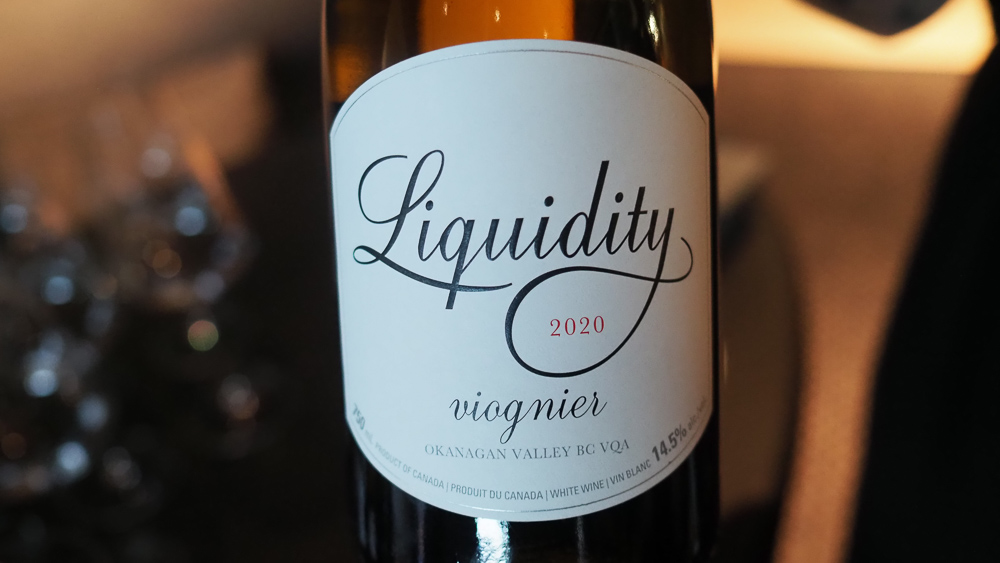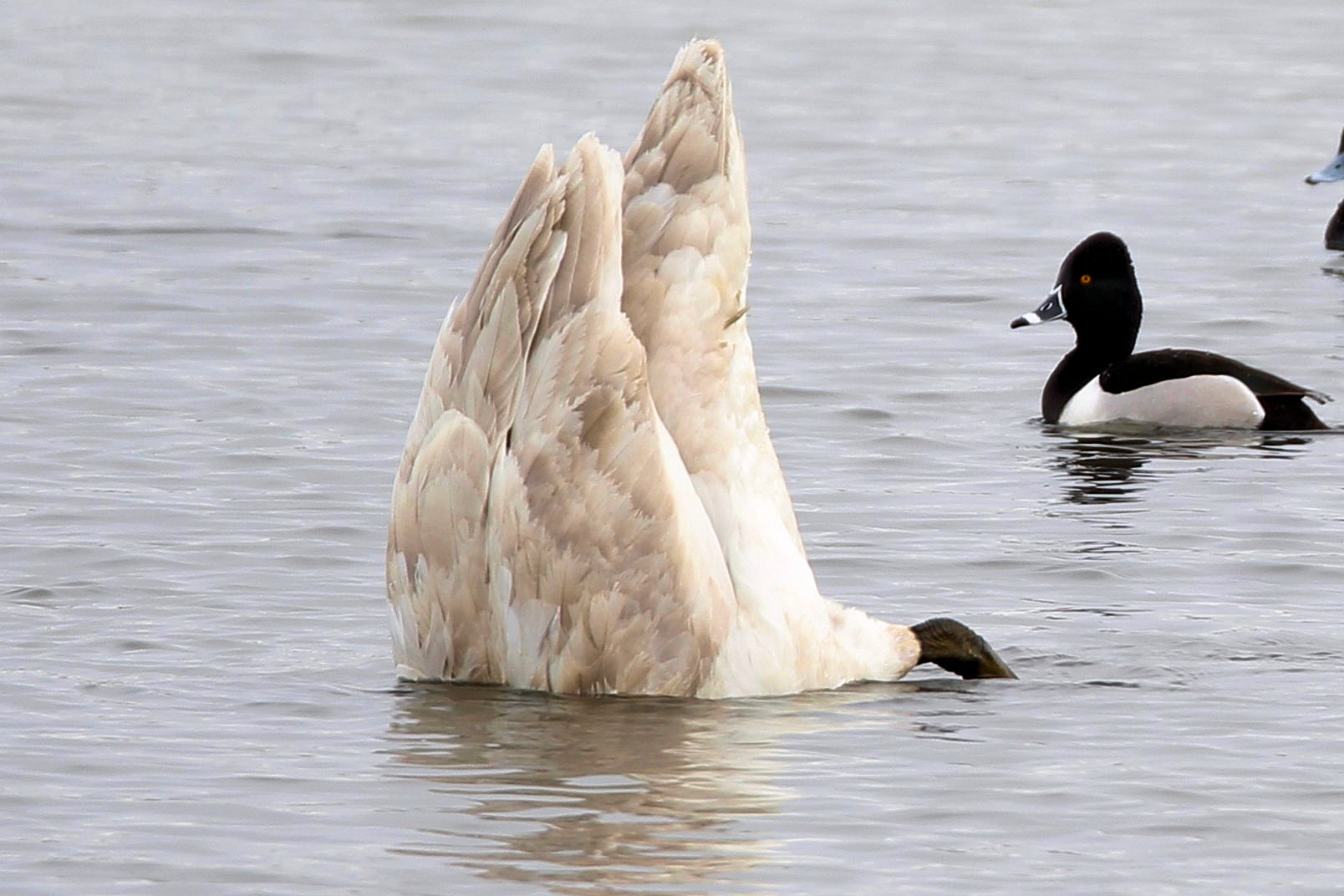My father enjoyed a good cup of tea or two every day. Each lunch when he came home to join the family for the hour, invariably tea was part of the menu. My mother bought Red Rose Tea. In 1967 Red Rose placed a fantastic surprise hidden in every box: A ceramic,hand-painted bird! As weeks passed our collection of tiny birds grew, each displayed in the kitchen. The first one as I remember it, was the Red-winged Blackbird.
Aside from the American Robin, the second bird that I connect with the arrival of spring is the Red-winged Blackbird. Using the cattails and bulrushes along the north west side of Lake Chestermere, the males establish some territory to use in the pursuit of up to fifteen mates. Males are a glossy-black highlighted with scarlet red and yellow should patches. When feeling confident, these shoulder patches are truly on display when the shoulders are flared out. At rest, the males show a pale yellow wing bar. Females look much like large sparrows, streaked in brown and at times their face and cheeks are highlighted with a faint sunset orange hue.
During breeding season, the behavior of males involves sitting atop a high perch over their territory all the while loudly singing, often displaying their shoulder patches. Females seem to have disappeared into the bottoms of the cattails and reeds, occasionally popping up to perch upon a cattail. With young ones in the nest, both the parents defend the nesting area with aggressiveness. Males will hover over head in a menacing fashion and “dive-bomb” the unsuspecting individual. Reports have been made of these birds striking the heads of people who are too close to a nesting site, with one notable bird striking no less than five times. Spending a quarter of daylight hours on defence, these blackbirds have not hesitated to attack other large mammals including horses.
While the male defends territory, the female puts her incredible construction skills to work. Using stringy plant materials, she wraps them around several close upright reed and cattail stems, creating a platform. Once the foundation is in place, leaves and decayed wood may be added to the frame. Mud is then added inside to made a well defined cup. For comfort, fine, dry grass is used as lining. In the 1930s a naturalist dismantled such a nest piece by piece. No less than 34 strips of willow bark and 142 cattail leaves up to the length of 60cm were included in the manufacture of a well-built home. Ground feeders almost exclusively, these birds are insectivores, with dragonflies, damselflies and ground dwelling insects favourite targets.
Taking nearly daily walks along the north shores of Lake Chestermere, I enjoy the call of the Red-winged blackbird. In my mind I can still see that Red Rose Tea figure on the kitchen shelf and I cherish those moments are entire family were together each day
My Red Rose Tea Blackbird

In response to Canada's Online News Act and Meta (Facebook and Instagram) removing access to Canada's local news from their platforms, Anchor Media Inc encourages you to get your news directly from your trusted source by bookmarking this site and downloading the Rogue Radio App. Send your news tips, story ideas, pictures, and videos to info@anchormedia.ca.







